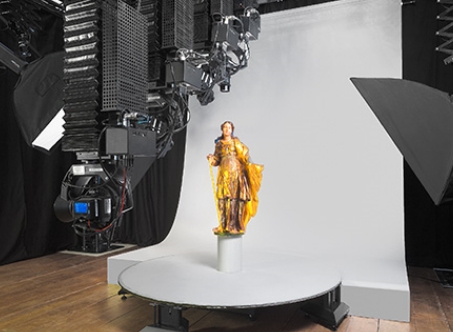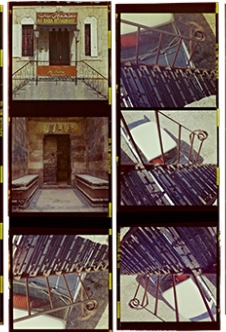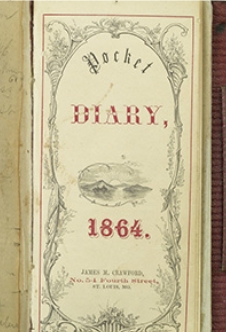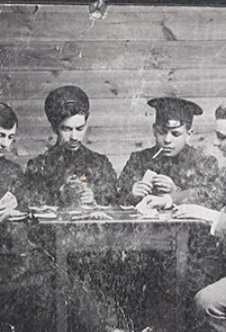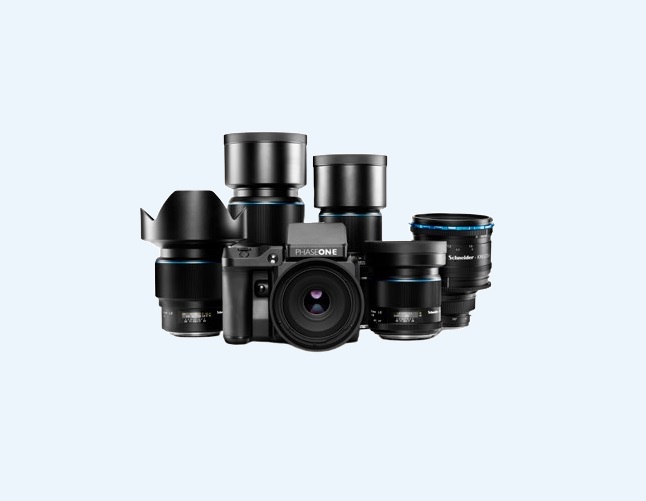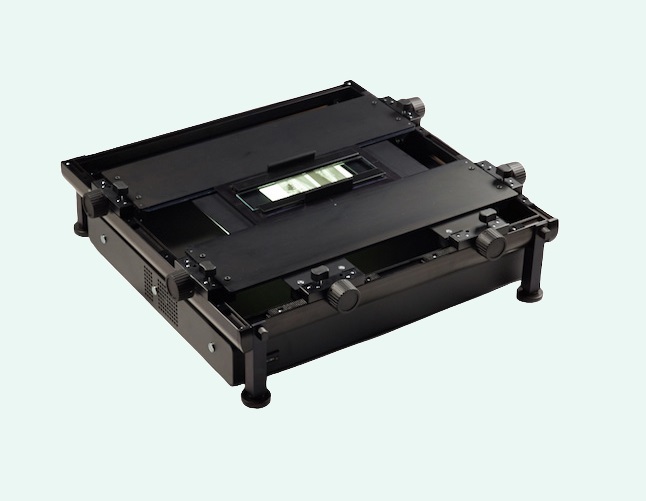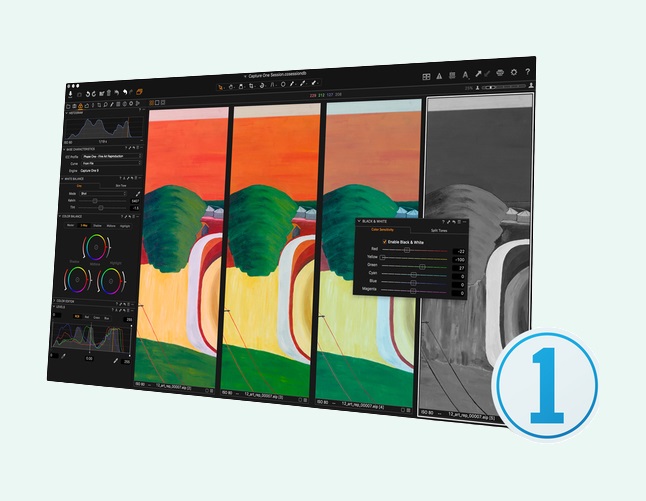Cultural Heritage Imaging
The World of Cultural Heritage

Cultural Heritage world is diverse
with many different needs and challenges. For this reason Phase One offers modular and configurable solutions, which can be tailored to specific needs.

The need for digitization
The need for digitization is rapidly growing, with increasing focus on public access, research and preservation of information for the future.The history of Cultural Heritage photography is as long-standing as photography itself.

The need for digitization
The need for digitization is rapidly growing, with increasing focus on public access, research and preservation of information for the future.The history of Cultural Heritage photography is as long-standing as photography itself.

The need for digitization
The need for digitization is rapidly growing, with increasing focus on public access, research and preservation of information for the future.The history of Cultural Heritage photography is as long-standing as photography itself.
Cultural Heritage Collection Types and Applications
Special Digitization Projects
Many cultural heritage objects that are fragile or sensitive due to various types of damage and decay are often very sensitive to human touch and thus require careful handling. Using high resolution, high precision cameras and optics allow researchers and scholars to perform non-invasive investigation and analysis with minimal or no exposure to aggressive light rays or chemicals, and bring out data that cannot be retrieved with traditional imaging techniques.
3D scanning combined with advanced photogrammetry and image analysis and calculation tools are used for measuring and evaluation of damage in historical objects. The same technology is used for creating exact replicas of precious sculptures and art work. The high resolution of Phase One cameras and the high quality and precision of the optics provide the basis for systems that are considerably faster than other scanning solutions.
See How We Share Paste with Future
You need a studio right ?
We provide you a fully managed studios for your work purposes. You ask and we implement.
Studios


